[양자 톺아보기] 4. 만들어 놓고 왜 믿지를 못하니
기사입력 2018.08.28 18:00
인공지능, 가상현실 등의 발달로 처리할 데이터양은 늘어가는데 집적회로의 한계는 가까워지고 있다. 그래서 트랜지스터로 만들어진 게이트 대신 양자를 연산법칙으로 사용하는 양자 컴퓨터가 대안으로 떠오르고 있다. 도대체 양자가 뭔지, 또 그걸로 어떻게 하기에 대안이라는 걸까? 과학과 인연이 없던 기자가 양자부터 최근 이슈가 되고 있는 양자 컴퓨터까지, 배우는 마음으로 차근차근 들여다본다.
파동-입자 이중성은 모든 물질이 입자와 파동의 성질을 동시에 지닌다는 성질이다. 고전역학에서는 파동과 입자가 매우 다른 성질을 지니지만, 양자역학에서는 두 개념을 하나의 개념으로 통합한다.
파동-입자 이중성은 빛이 과연 입자인지, 아니면 파동인지에 대한 논란으로부터 비롯됐다. 빛이 두 가지 성질을 모두 지닌다는 사실이 실험을 통해 증명되었다. 이후 빛뿐만 아니라 다른 모든 물질도 입자와 파동의 성질을 둘 다 지닌다는 사실이 발견되었다.
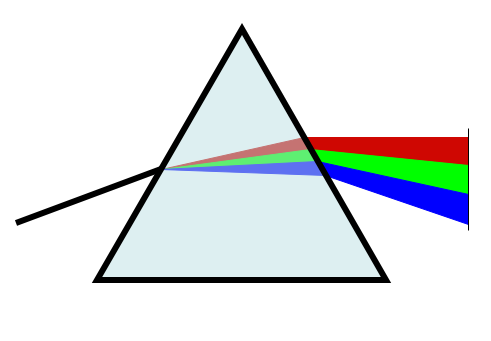
빛은 입자인가 파동인가
이 논쟁은 과학계의 오래된 논쟁이다. 고전역학의 기틀을 닦은 뉴턴은 빛이 입자라고 주장했다. 뉴턴이 그리 말하니 다수의 과학자는 빛이 입자라고 받아들였다. 그러나 19세기에 이중 슬릿 실험을 통해 회절과 간섭 현상이 발견되자 빛이 파동이라는 생각이 과학계 주류가 되었다. 그리고 양자역학이 태동하는 20세기 초, 아인슈타인이 광양자 가설을 제기하면서 빛이 입자라는 생각을 부활시켰다.
막스 플랑크가 남긴 여지
아인슈타인의 광양자 가설은 1900년, 빛에 대한 막스 플랑크의 관점을 발전시키는 과정에서 나왔지만, 광양자의 존재 문제와 양자 불연속 개념의 접하는 태도에 있어서 두 인물 사이에 커다란 견해차가 존재했다.
앞서 살펴봤듯이 막스 플랑크의 양자화 가설은 양자역학의 출발점이었으나 플랑크는 이를 탐탁지 않아 했다. 플랑크의 논문에서 에너지가 플랑크 상수와 빛의 진동수 정수배로 표시되는 것은 사실 10, 20, 30, 40이라는 식의 ‘정수배’가 아니라 15, 25, 35 등의 ‘구간’으로 해석할 수도 있는 것이었다.
에너지 등분배 법칙이 명확히 확립되지 않은 상태에서 플랑크가 사용했던 통계적 방법은 현재 우리가 알고 있는 것과 완전히 같지 않다. 플랑크는 새로운 양자물리학의 포문을 연 선구자임에도 불구하고 태생적으로 보수적 한계를 가진 것이다.
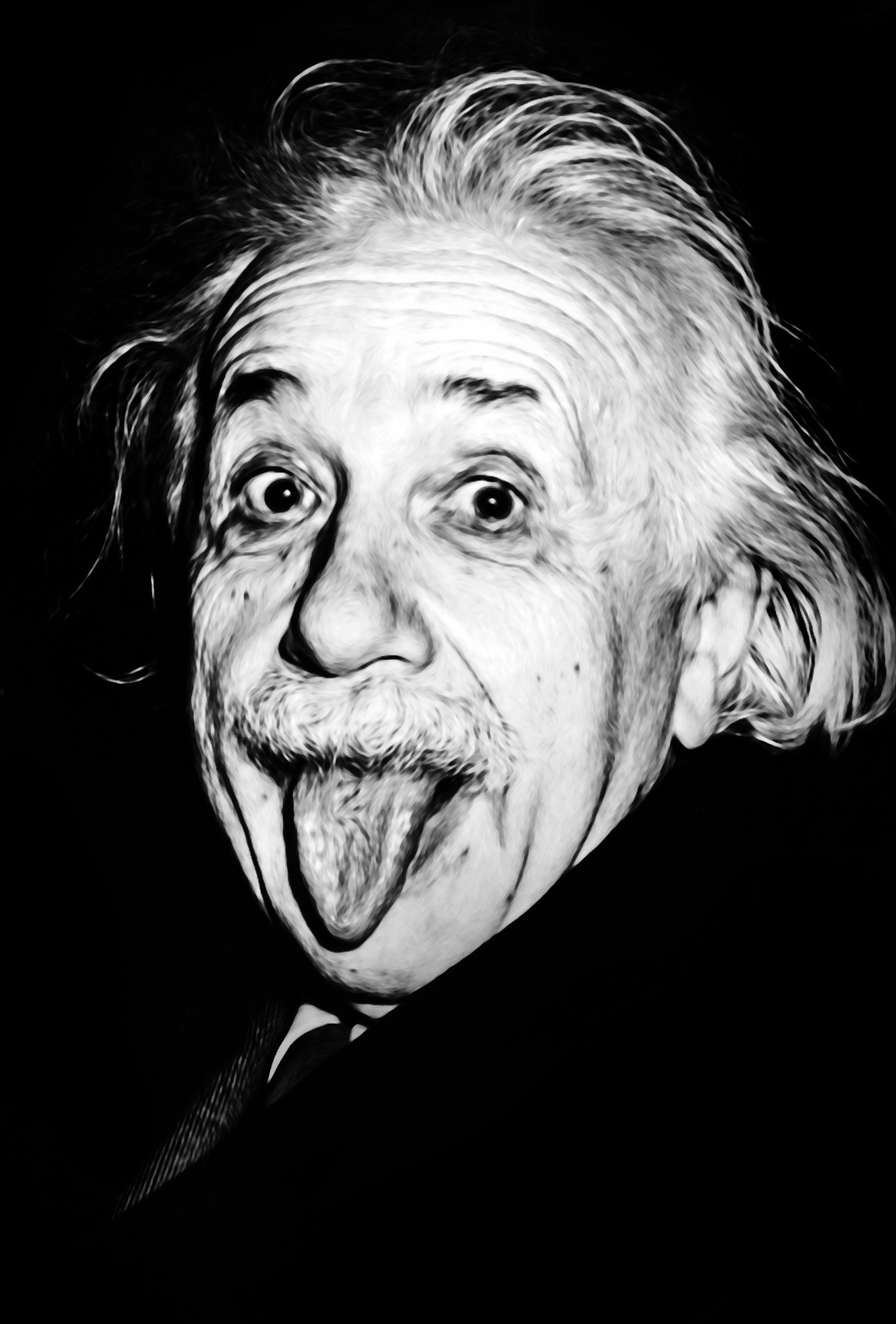
셀럽의 자세
혁명의 시작
플랑크의 개혁과 함께 아인슈타인의 혁명이 시작됐다. 1905년과 1906년, 아인슈타인은 광전효과를 설명하기 위해서 빛을 입자로 보는 광양자 가설을 제기했다. 광전 효과는 금속 등의 물질이 고유의 특정 파장보다 짧은 파장을 가진 전자기파를 흡수했을 때 전자를 내보내는 현상이다. 아인슈타인은 에너지 등분배 법칙에 대해 분명히 하고 논의를 진행했기 때문에 플랑크와 빛을 보는 관점에 차이가 있었다.
아인슈타인은 플랑크의 양자화 가설을 빛에 적용하여 빛이 진동수에 플랑크 상수를 곱한 만큼의에너지를 가지고 있는 에너지 알갱이라고 가정하고 이 빛 알갱이를 광양자(Light quantum)라고 불렀다. 빛이 파동이 아니라 불연속적인 에너지를 가지는 알갱이라고 생각한 것이다. 아인슈타인의 광양자는 분명히 불연속적인 에너지의 존재를 전제로 한 것이었다.
아인슈타인의 광양자 가설은 당시로선 매우 과격해 그대로 받아들여 지지 않았다. 무엇보다도 빛의 회절과 간섭 현상을 설명하는 데 문제가 있었다. 이를 극복하기 위해 1909년 아인슈타인은 자신이 1905년에 광양자 가설과 상대성이론과 함께 논의했던 브라운 운동에 대한 논의를 이용해서 빛의 이중적인 성격을 설명하려고 시도했다.
광양자 가설, 세상 빛을 보다
1907년까지 진행되었던 광양자의 존재와 양자 불연속에 관한 논의는 주로 열복사 분야에 국한되었다. 광양자 가설이 과학계에서 수용되기 위해선 열복사 이외의 분야로 관심 영역이 확장되어야 했다. 아인슈타인은 1907년에 발표한 비열에 관한 논문에서 고체 비열의 문제를 자신의 양자화 가설을 이용해서 설명하려고 시도했다. 에르빈 마델룽, 윌리엄 서더랜드, 그리고 발터 네른스트가 이에 동조했다. 네른스트는 극저온 비열에 관한 작업을 통해 아인슈타인을 많은 과학자에게 인식시키는 데 많은 역할을 했을 뿐만 아니라 양자 문제에 관련된 국제 학술회의를 개최하여 양자를 둘러싼 과학자 공동체 내의 의견 수렴 과정에도 깊이 개입했다.
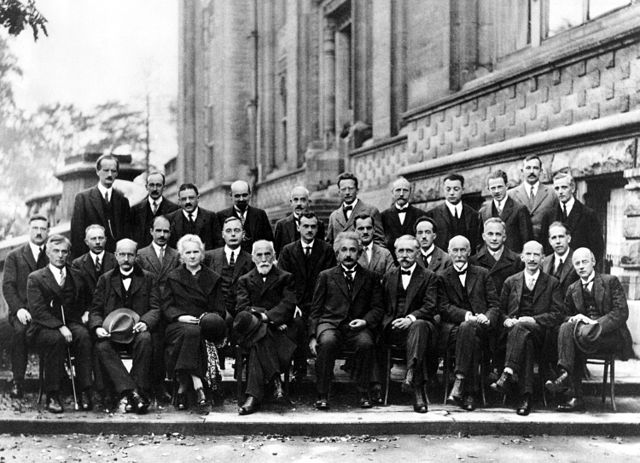
물리학 교재를 두껍게 만든 지상 최강의 정모 솔베이 회의
네른스트는 1911년 10월 29일부터 11월 3일까지 열린 '제1차 솔베이 회의'를 소집하는 데 핵심적인 역할을 했다. 당시 이 회의에는 양자가설에 관련된 권위 있는 과학자들이 대부분 참가해서 양자화 가설의 수용 여부를 놓고 열띤 토론을 벌였다. 회의는 중진 과학자들이 양자론을 수용하는데 결정적인 역할을 했다.
우연? 아닌데?
1911년, 아인슈타인은 광양자 가설을 부분적으로 유보하고 빛에 대한 파동론적인 해석을 부분적으로 수용했다. 광양자의 실재 여부를 옹호하는 데 지친 아인슈타인은 양자는 일단 미뤄두고 중력에 집중하기 시작했다. 1916년, 일반상대성이론의 대업을 완성한 아인슈타인은 양자에 관한 논의를 재개했다.
1917년 아인슈타인은 자연 복사와 유도 복사에 관한 논의를 전개하면서, 결론 부분에서 광양자가 존재해야 하는 이유를 다시 거론했다. 아인슈타인은 광양자가 에너지 hν 뿐만이 아니라 특정한 방향으로 향하는 hν/c*에 해당하는 운동량을 가진다고 주장했다. 즉, 들뜬 분자에 빛이 가해질 때, 그 분자는 광양자를 방출하게 되는데, 이때 운동량 보존법칙에 따라 분자에는 hν/c에 해당하는 반발력이 작용한다는 것이다. 광양자를 에너지 형태로만 불연속적인 것이 아니라 운동량 형태로도 불연속적인 것으로 해석할 수 있게 된 것이다. (* c는 빛의 속도; h는 플랑크 상수; ν는 진동수다.)
아인슈타인은 이 논문에서 빛이 모든 방향으로 향하는 구면파 형태로 방출되지 않고 마치 바늘과 같이 어느 특정한 한 방향으로 향하는 것을 문제점으로 봤다. 이렇게 된다면 분자나 원자는 운동량 보존법칙에 따라 빛을 방출할 때마다 무질서하게 반발해서 움직여야 한다. 하지만 실제로 분자나 원자는 움직이지 않고 정지한 것처럼 보이기 때문에 아인슈타인은 현재 상태의 양자론으로는 빛이 어느 방향으로 방출하느냐 하는 것은 오직 '우연'에 의해서만 결정된다고 볼 수밖에 없다는 결론을 내렸다.
하지만 1926년 양자 충돌 이론을 연구하던 막스 보른은 바로 아인슈타인의 이 논문을 근거로 자신의 양자역학에 관한 통계적 해석을 전개했다. 아인슈타인이 물리적 실재로 인정하지 않고 자신의 이론 내에서 극복되어야 할 약점으로 본 것을 보른은 실험적 사실에 바탕을 둔 이론적 실재로 보면서 양자역학에 대한 통계적 해석을 제창하게 된 것이다.
아인슈타인은 평생 자신의 양자론이 가진 불완전성을 극복하기 위해 수없이 노력했다. 말년의 중력과 전자기력을 통일하려는 통일장 연구도 그런 맥락에서 시작한 것이다.
아인슈타인은 1923년, 상대론적인 장 방정식을 바탕으로 하나의 상위 결정된(berbestimmten) 미분방정식 체계를 유도해보려고 노력했다. 이 새로운 시도에서는 연속체 가설과 결정론적 기술이 유지되었는데, 여기에는 양자론에서 나타나는 비결정론적 성격도 상위 결정된 미분방정식 체계에 의해 해결되기를 바라는 아인슈타인의 바람이 담겨 있었다.
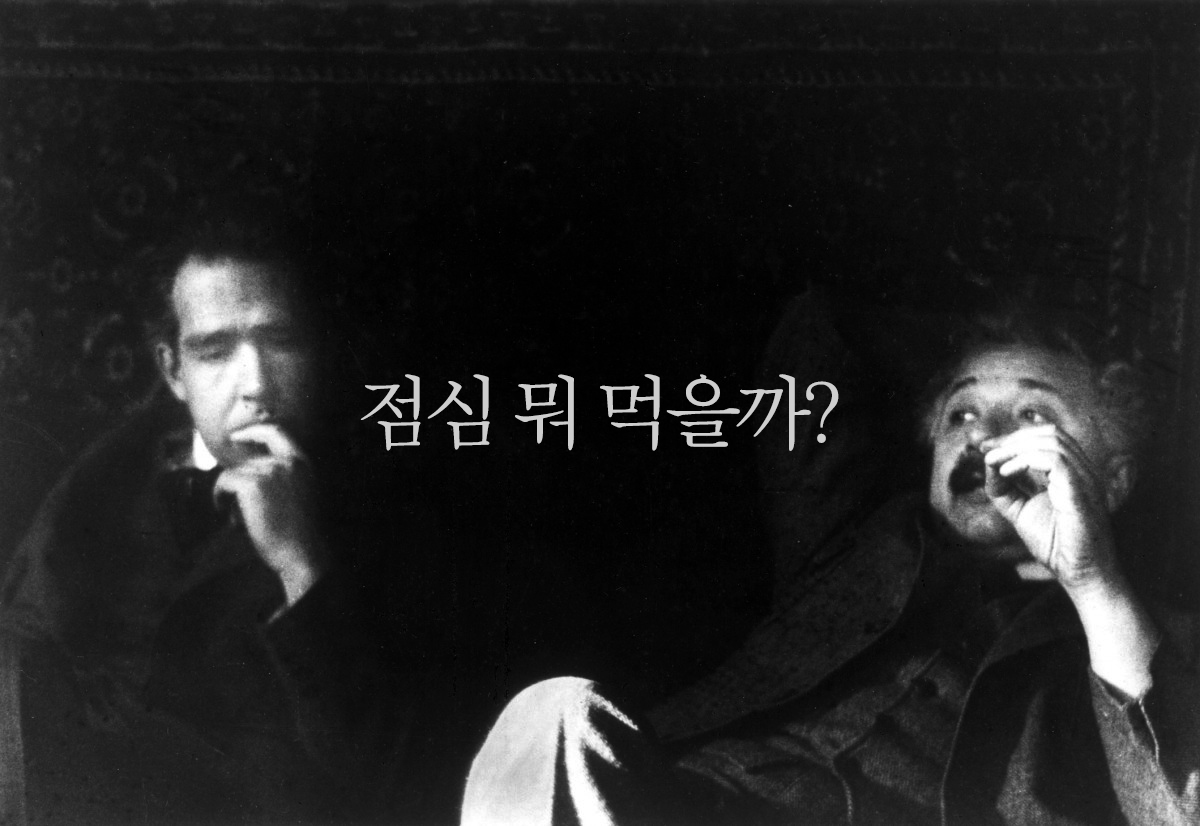
보어와 아인슈타인의 논쟁은 양자역학의 발전에 크게 기여한다
광양자는 실존한다
보어는 1913년에 발표한 자신의 원자모형에서 아인슈타인의 광전 효과 논문에 제시됐던 생각을 사용했지만, 광양자 가설 자체에 대해서는 상당히 회의적이었다. 1924년부터 1925년 사이에 보어와 아인슈타인을 필두로 과학자들 사이에서 광양자의 존재 여부를 놓고 열띤 논쟁이 벌어졌다.
1924년 초, 보어는 가상 진동자 개념을 바탕으로 미시세계에서의 에너지와 운동량 보존법칙의 파기를 내세우며, 파동론에 입각한 복사이론을 부활하려고 시도했다. 가상 진동자 개념이란 원자들이 가상적인 복사장을 통해 멀리 떨어져 있는 다른 가상적인 진동자들과 서로 왕래하는 일련의 가상적인 진동자들로 구성되어 있다는 가설로 1924년 유럽에서 박사연구원으로 활동하던 미국의 존 슬레이터가 처음으로 제안했던 개념이다. 보어는 이 가설에다가 미시세계에서 에너지와 운동량 보존법칙을 파기하는 본인의 생각을 결합했다.
보어, 헨드릭 크라머스, 그리고 슬레이터는 공동으로 새로운 복사이론을 발표했다. 보어는 아인슈타인의 광양자 가설이 광전 효과를 비롯한 많은 문제를 설명하는 데에는 좋은 개념적 도구지만, 여전히 빛의 간섭이나 회절 현상을 설명할 때 파동론에 의해 정의되는 진동수나 파장의 개념을 사용하기 때문에 여전히 많은 문제가 있다고 주장했다.
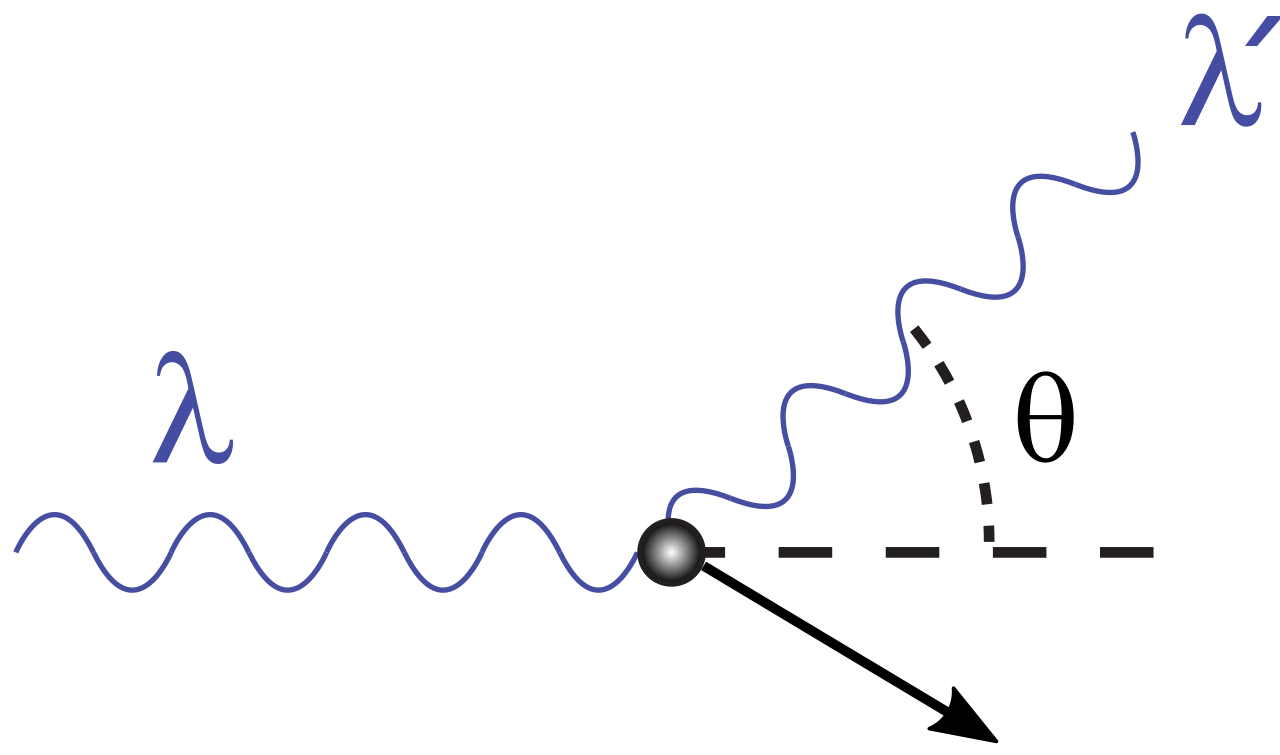
광양자가 전자와 상호작용하여 에너지를 잃는 콤프턴 산란
보어가 보기에 아서 콤프턴과 피터 디바이에 의해 발표된 전자에 대한 X선 산란 실험, 즉 콤프턴 산란 실험도 아인슈타인의 광양자 가설을 확증하는 결정적 실험은 되지 못했다.
보어의 새로운 파동론적 주장과 아인슈타인의 기존의 광양자 가설 가운데 어느 것이 타당한가를 확인하기 위해 발터 보테와 한스 가이거는 전기계수 장치를 개량한 동시계수법을 이용해서 엄밀한 결정적 실험을 했다. 동시계수법이란 두 개 이상의 계수 장치 모두에 동시에 입력 신호가 들어갔을 때만 계수기의 출력 신호가 나타나게 만든 장치인데, 이것을 이용하면 광양자와 전자와의 충돌 현상이 단일 사건인지 아니면, 여러 요인에 의한 복합적인 사건인지를 알 수 있었다.
1925년 4월, 보테와 가이거는 광양자와 전자가 충돌할 때마다 에너지 법칙과 그 상보 개념인 충격법칙이 만족한다는 아인슈타인과 콤프턴의 가정이 맞는다는 것을 확인했다. 이어서 콤프턴이 안개상자를 사용해서 콤프턴 산란 효과에 관한 실험을 또다시 확인하면서 광양자 가설은 비로소 과학자들 사이에서 완전히 받아들여 진다.
동조한 생각과 거부한 생각
아인슈타인은 1924년 인도의 사티엔드라 보즈가 발표한 통계역학적 논의를 적극적으로 지지하였고, 양자역학에서 사용되는 주요한 통계 법칙 가운데 하나인 보즈-아인슈타인 통계를 발전시켰다. 보즈-아인슈타인 통계는 빛과 같은 물질을 다룰 때 적용되는 양자통계의 하나로서 전자 등을 다룰 때 적용되는 페르미-디랙 통계와 함께 양자역학에서 사용하는 두 개의 전형적인 통계역학으로 발전하게 된다.
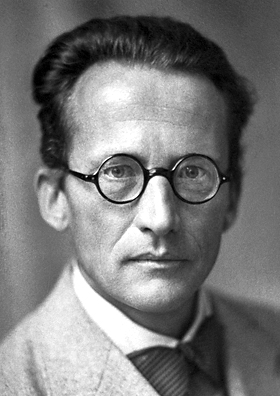
고양이 집사들의 원수 슈뢰딩거
아인슈타인은 1924년, 루이 드브로이의 물질파 이론과 1926년, 슈뢰딩거가 발전시킨 파동역학을 적극적으로 지지했다. 슈뢰딩거의 파동방정식은 연속체적인 물리기술이었던 장 방정식을 바탕으로 하고 있었고, 이것이 물리법칙에서 인과성을 강조하면서 새로운 연속체적인 장 이론을 찾고 있었던 아인슈타인의 생각과 연결될 수 있었다.
반면 아인슈타인은 베르너 하이젠베르크, 보른, 보어 등이 전개한 비결정론에 바탕을 둔 코펜하겐 해석을 믿지 않았다. 아인슈타인은 중력과 전자기력을 통일시킬 수 있는 보다 완벽한 통일장 이론이 등장하게 되면 양자역학의 비결정론적인 문제가 해결될 것이라고 죽을 때까지 믿었다. 아인슈타인의 양자론은 양자역학의 토대가 되었지만 정작 아인슈타인은 양자역학을 믿지 않았다. 아이러니가 아닐 수 없다.
광양자 가설을 통해 아인슈타인이 양자역학에 어떤 것을 기여했는지 살펴봤다. 이어질 기사에선 코펜하겐 해석에 대해 다루겠다.
참고문헌: 물리학의 선구자 12. 아인슈타인과 광양자 가설, 임경순
이수민 기자
관련 웨비나
많이 본 뉴스
[열린보도원칙] 당 매체는 독자와 취재원 등 뉴스이용자의 권리 보장을 위해 반론이나 정정보도, 추후보도를 요청할 수 있는 창구를 열어두고 있음을 알려드립니다.
고충처리인 장은성 070-4699-5321 , news@e4ds.com


.jpg)

.png)
.jpg)






